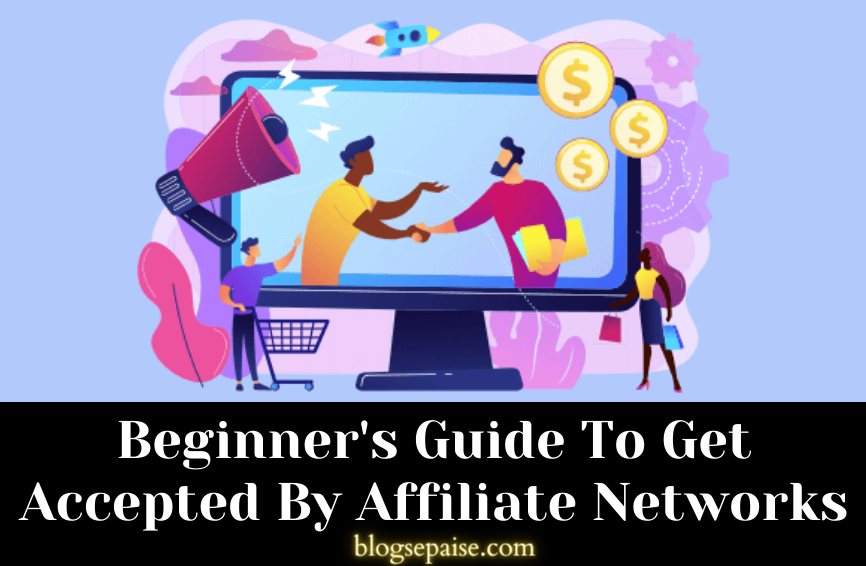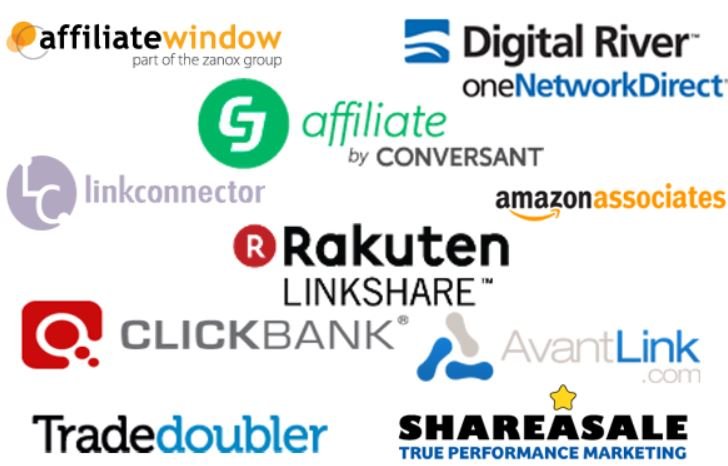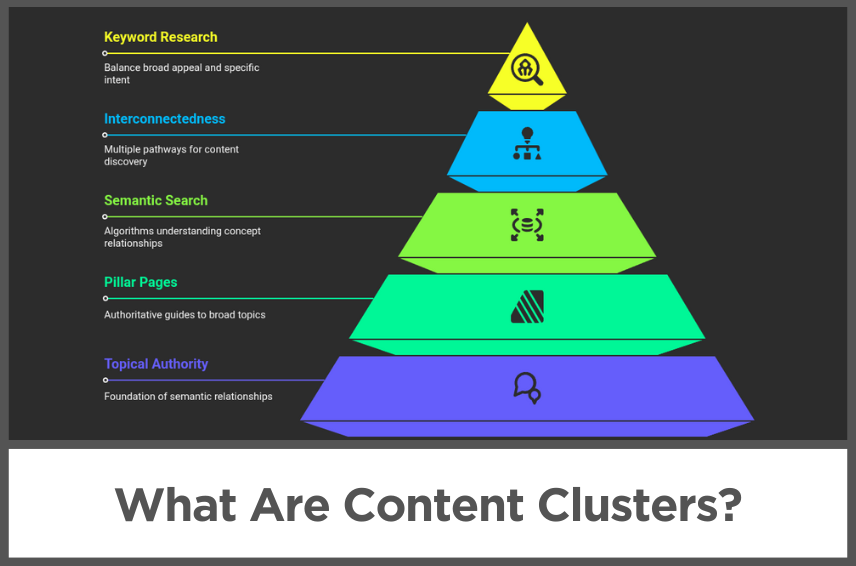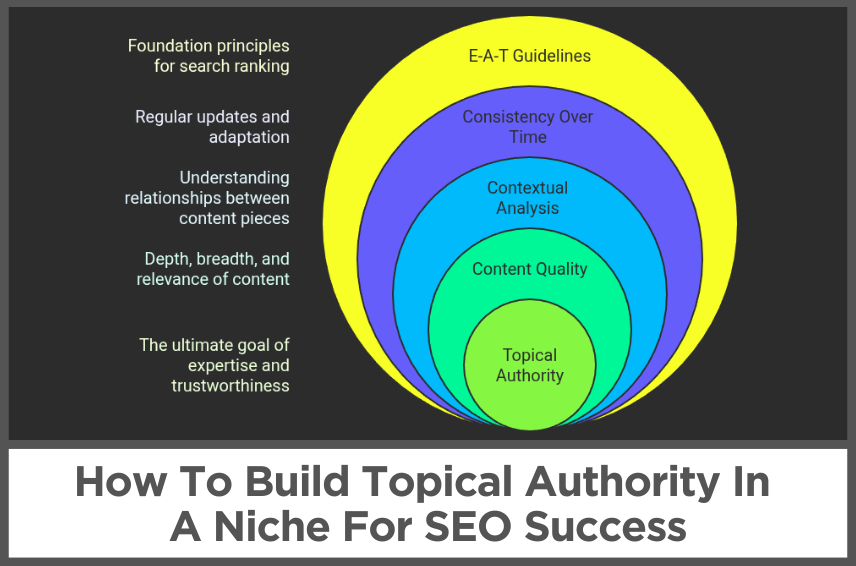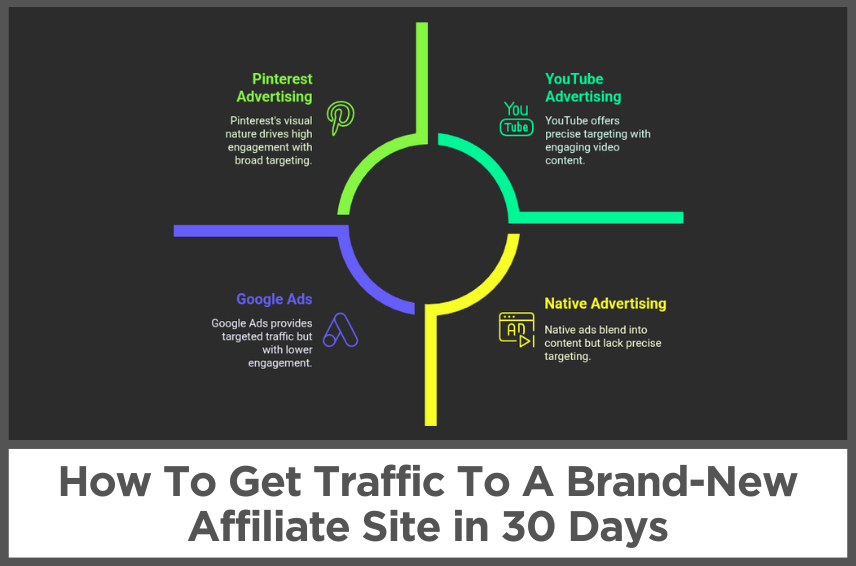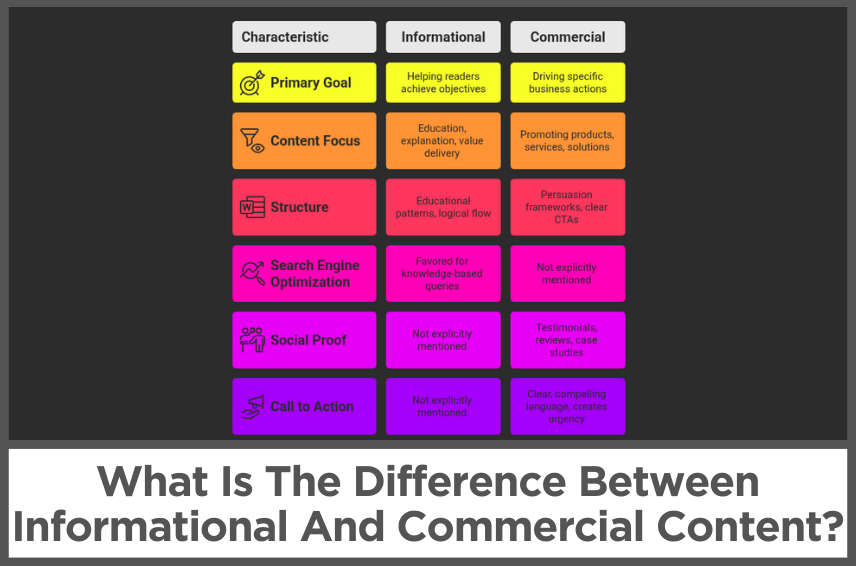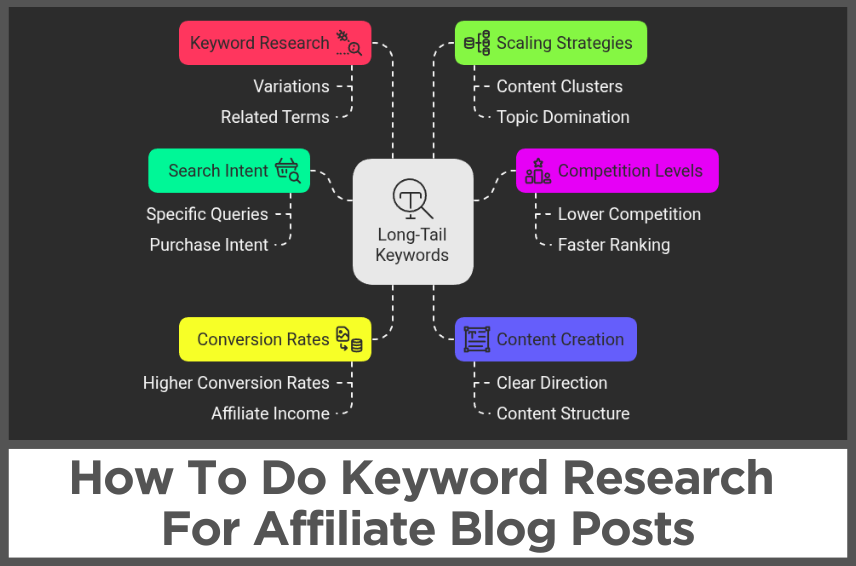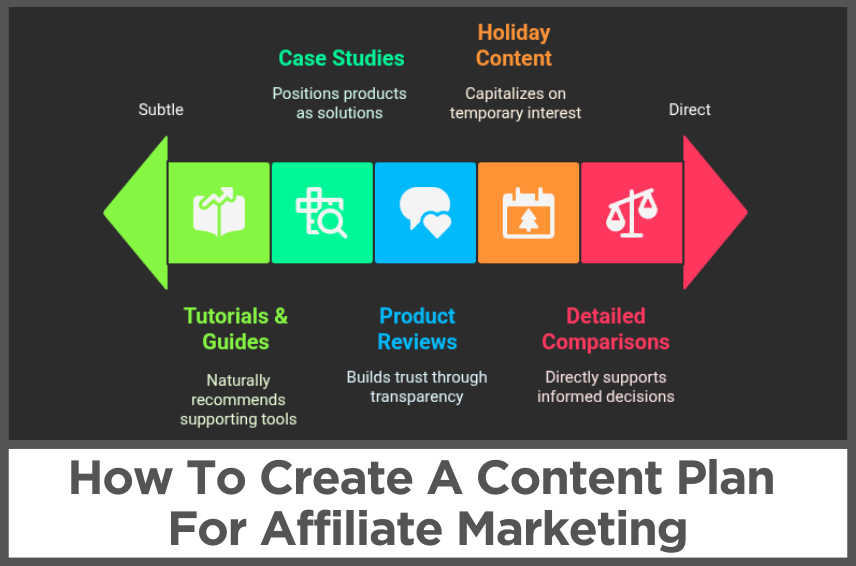Beginner's Guide To Get Accepted By Affiliate Networks
by Abhigyan
When you’re just starting out as an affiliate marketer and try to join affiliate networks, most of the time you face rejection because you have no significant online followers and haven’t met the traffic threshold required to join the network.
When we first learn about affiliate marketing, we just think we’ll join a program and start promoting and money will come, right? I wish it was that easy.
But the reality is in order to make it big, you have to promote a lot of products in your niche to find out which products are yielding better results for you.
Joining an affiliate network makes this easier because you get access to a lot of programs to apply to.
A lot of affiliate marketers favor the ability that these networks provide to find the specific programs they are looking for and manage multiple programs under one roof.
The competition and the thresholds to join affiliate networks have increased over the recent years. Due to the pandemic, more and more people are trying to find income sources online.
Many have lost their offline regular jobs and are searching for ways to generate a steady income online. More and more people are becoming Virtual Assistants, product reviewers on social media, and bloggers, etc.
Affiliate marketers and new bloggers are trying to get an edge with the increasing competition by hiring SEO consultancy professionals to improve their rankings.
In this beginner affiliates guide, I’ll try to shine some light on what affiliate marketing is and how you can too get admitted to major affiliate networks.
Disclosure: Some of the links I share might be affiliate links. If you click on one and make a purchase, I may earn a small commission as a thank you. But don’t worry, it won’t cost you anything extra. I only recommend stuff I genuinely believe in. Your support helps me keep creating awesome content. You can read my full affiliate disclosure in my disclaimer page.
IN THIS POST :
ToggleWhat Is Affiliate Marketing?
Simply put, this is a marketing strategy in which the production company owner hires people to promote its products, and in return, the owner offers commission for the people’s effort and services.
The services here mean that the affiliate will come up with strategies to increase the sale of the products. It is more like a partnership between the owner and the affiliates, where the owners give a certain percentage of the sale as commission to the affiliate marketer.
There is a chain of parties through which this marketing works. And these include;
- Affiliates
- Product Owners
- Affiliate Networks
- Consumers
Who Are Affiliates?
Affiliates can also be known as bloggers or publishers that help to promote the product on different platforms like social media to get more customers to buy a particular product.
Affiliates create content, videos, and blog posts to increase the popularity of a product. When the product gets sold, the affiliate gets a commission from the product owner.
Who Are Product Owners?
The product owner is the merchant who creates the product for sale. The product owner offers commission to the affiliates when their product is brought through the custom affiliate links.
A merchant sometimes can also be a company that offers its products free of charge as a reward to the affiliates to make promotions and drive sales.
What Are Affiliate Networks?
Affiliate networks or affiliate aggregator sites act as a broker or intermediate between the product owners and the affiliates.
The networks act as a third party that maintains balance and helps in checking fraud from both sides. The merchants use these networks because they are busy creating the product, and they would like to outsource activities tracking, reporting, etc.
Shareasale, CJ Affiliate, PartnerStack, Clickbank, etc. are such affiliate aggregators sites. I personally like Shareasale as it has a huge list of merchants and is very trustworthy.
The joining threshold for these networks vary. However, if you keep in mind the following tips before applying as I’ve mentioned below, you have a high chance of getting accepted.
Who Are Consumers?
This needs no explanation. The consumers buy the product, which becomes the revenue for the merchant and the commission for the affiliate.
The consumer is the most important part of affiliate marketing that keeps the business going. The better your affiliate skills are, the more you can generate traffic, and the more commission you earn.
Tips To Get Accepted By Affiliate Networks
1. Make Sure Your Website Link Is Relevant
Your website link is the most important piece of your application. Most affiliate managers look at the website before evaluating the rest of your application, so make sure that the website URL that you apply shows relevant content to the company.
That means, if you blog about fashion, don’t apply to a business program. If you write about social media, don’t apply to food affiliate programs.
Of course, there are exceptions to this rule. For example, if you plan to feature a series of fashion posts on your software review site, you might get approved as long as you share that info when submitting your application.
2. Your Website Should Be Presentable & Live
Your application may be rejected if your website is showing 404 errors, coming soon, password-protected, or in maintenance mode.
Furthermore, if your website is full of ads, has very little content, and has a poor design, you risk rejection as well.
3. Website Content Do Not Violate Company's Terms
Let’s say you have a lifestyle blog and occasionally use urban slang in your content. That’s totally okay and many companies won’t take issue with it.
However, if you apply to a children’s fashion company, they might specify in their affiliate terms that they only work with sites with professional language, which means you’ll get rejected if you apply.
So always look at program terms and policies before sending an application.
4. Never Leave 'Bio/Description' Area Blank
Don’t leave the ‘Bio/Description’ area blank – it’s your chance to tell the affiliate manager who you are and why you’d be a great affiliate to work with.
- Like the website URL, your bio/description needs to be relevant to the company.
- If you can personalize it during the application, do it.
- If you’re applying through a network and can’t personalize it, make sure your standard description contains a few keywords that will help you get approved for programs in a few different categories.
- If you write about fashion, you could use additional keywords like beauty, accessories and lifestyle to guarantee approval in many categories beyond fashion.
Can I apply If I Don't Have A Website?
Yes. Even if you don’t have a website but are active on social media and have significant followers, you can still get approved to various affiliate programs that work with social media affiliates.
Just make sure that you check their terms first and include a verifiable social media profile in the website URL section when applying.
What To Include In Promotional Methods?
Whenever you apply to a new program, the company needs to know how you plan to promote their products. If you’re applying through a network, you’ll list your promotion methods in your profile.
If you’re applying to a program through the company’s website, they may have a list of promotion types for you to check off or a text box where they ask you to specify your promotion plan.
Like the website URL, correctly reporting your promotional methods is vital to be approved. Make sure you read the program’s terms as most companies specifically tell you what is allowed vs. not allowed.
Following is a list of promotional methods and what they mean:
- Content/Niche – You’ll create content (blog posts, podcasts, videos) that includes affiliate links.
- Email Marketing – You’ll promote affiliate products to your email subscribers.
- Social Networking – Some of your social posts or tweets will include affiliate links.
- Paid Search/PPC – You’ll use Google Adwords and/or other paid search services to advertise the company to drive affiliate sales.
- Display Advertising – You’ll send affiliate sales by advertising the company through banners and display networks.
- Comparison/Review – Your website reviews and compares affiliate products.
- Mobile/Tablet – You use mobile apps that will contain affiliate links.
- Services/Tools – You use a service or tool that will generate affiliate sales.
- Loyalty/Cashback* – You offer bonuses/incentives to purchase affiliate products.
- Coupon/Deal* – You provide the company’s coupon codes to produce affiliate sales.
- Software* – Your software product will contain affiliate links.
- CPA/Sub-Affiliate* – You have an affiliate network that will promote the company under you.
These promotional methods can sometimes be viewed negatively depending on the affiliate program and manager. If your main promotional method is content, you might want to skip these promotional methods.
What Are Nexus Laws?
Nexus laws prevent certain companies from working with affiliates located in certain States of the U.S.A.
I’m not going to go into details as I’m not a lawyer. However, I’ll try and explain it in a simple way because it could affect your affiliate applications.
Click-through nexus – The affiliate company is required to pay sales taxes to a State when they don’t have a physical presence but they paid commissions to affiliates who are located in that State.
Physical product companies – Most digital product companies (software, courses, downloadables, etc.) have been able to avoid these taxes, making them able to work in every State.
International – Currently this issue only affects affiliates within the United States. If you are located in another country, you shouldn’t have an issue.
Now keep in mind, two companies located within the same State may have differing policies about the State you live in – it all comes down to where they have a physical presence or what States their lawyers advise them not to work with.
So, just because you’re located in Florida and got rejected by a program in California, doesn’t mean that you can’t apply to another program with an HQ in California.
How To Start Affiliate Marketing?
There are many ways you can approach this. But I’ll lay out a general guideline that works for most & it will help you a lot if you are new to this.
Step 1: Choose A Niche
Niche is just a subset of the market on which specific products are focused. Usually, people are advised to go for a niche with which they have a personal connection.
While this is true, I would like to advise that if your primary goal is to make more sales, you need to do proper market research to find out if your niche has a good market value.
Make sure your niche has market demand so that it is easier for you to sell the products. Also, don’t choose a very narrow niche, otherwise, you’ll run out of products and customer base.
Step 2: Determine Your Target Audience
Your target audience matters a lot about your being a successful affiliate. Always remember this: ‘Selling a 100$ product to 20 people is difficult than selling a 1000$ product to 2 people.’
For me, promoting products that can be used by organizations has yielded better results than promoting products to individuals. Organizations have higher budgets than individuals, and they are willing to spend as long as you have a good product.
Research your competitors and learn what they are doing, talk to different customers, write some good quality content. Tools like KW Finder will help you out a lot during the research stage.
Step 3: Choose The Right Product To Promote
The product that you are promoting should not be shady. Check online reviews of the product first. If it has a lot of negative reviews and customer complaints, don’t waste time creating content for it even if it offers a high commission.
It helps when you are promoting a product that you have personally used and you actually believe that it will be helpful for your customers. The other thing to keep in mind is that you should never force your customers to buy the product.
Creating an unbiased review of the product and mentioning its pros and cons to your readers is an appropriate way to proceed. This way, not only you are gaining trust from your readers, but you are actually helping them to make an informed decision.
There are a lot of platforms to select products. Affiliate aggregator sites like Shareasale, Clickbank, CJ Affiliate, etc. are good places to start. You can choose Amazon Associates as well, but I personally don’t prefer it as they offer very low commissions.
Step 4: Create Appealing Contents For The Products
Make sure you are creating unique and appealing content for the product, whether the content is in the form of text, video, podcasts, email marketing, etc.
For this, you can add comparison data and charts that discuss the features of similar products. You can also talk about your personal experience with the product.
Share your content across your various social accounts to get more visibility and engagement. Creating in-depth reviews of the product and taking care of SEO will help you in the long run.
Step 5: Get Paid
This is the most exciting part, isn’t it! Your commission payment or income can be monthly or weekly depending upon the affiliate program.
While choosing your affiliate network and product, consider how they pay you. You might need a Paypal or a Payoneer account to accept payment. Most of the affiliate programs use either one of these and they are very popular and widely accepted.
Wrapping Up!
By using the tips above, I’m confident you should get approved by every affiliate program you apply to.
If you do get rejected, don’t just walk away. Sometimes companies have filters in place that cause “auto-rejections” and other times, Affiliate Managers make mistakes.
To appeal, reply to the rejection email with a simple message like “I use your product and want to recommend it to my readers – why was I rejected?”.
You can also add a lot more information if needed, such as your upcoming promotion plan or why your site is relevant.
If the program is well-managed and therefore, worthy of your time, you will get a reply. If not, or if the email is “do not reply”, make your case by going to the company’s affiliate page and finding the email associated with the program.
I wish you good luck on your journey to becoming a successful affiliate marketer. Let us know in the comments if these tips helped you in getting accepted by affiliate networks.
If you find this article helpful, kindly share it with your friends. You may also Pin the above image on your Pinterest account. Thanks!
Abhigyan Mahanta
Hi! I’m Abhigyan, a remote web developer and an affiliate blogger. I create beginner-friendly guides to help new affiliates get started and grow in affiliate marketing. I also share information on remote companies and interview preparation tips.

